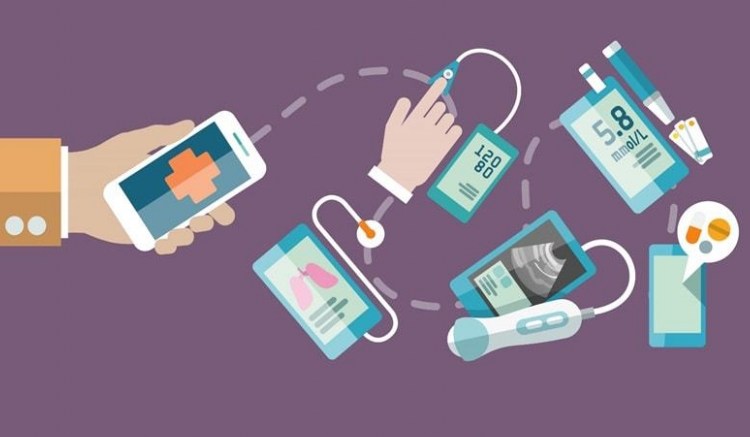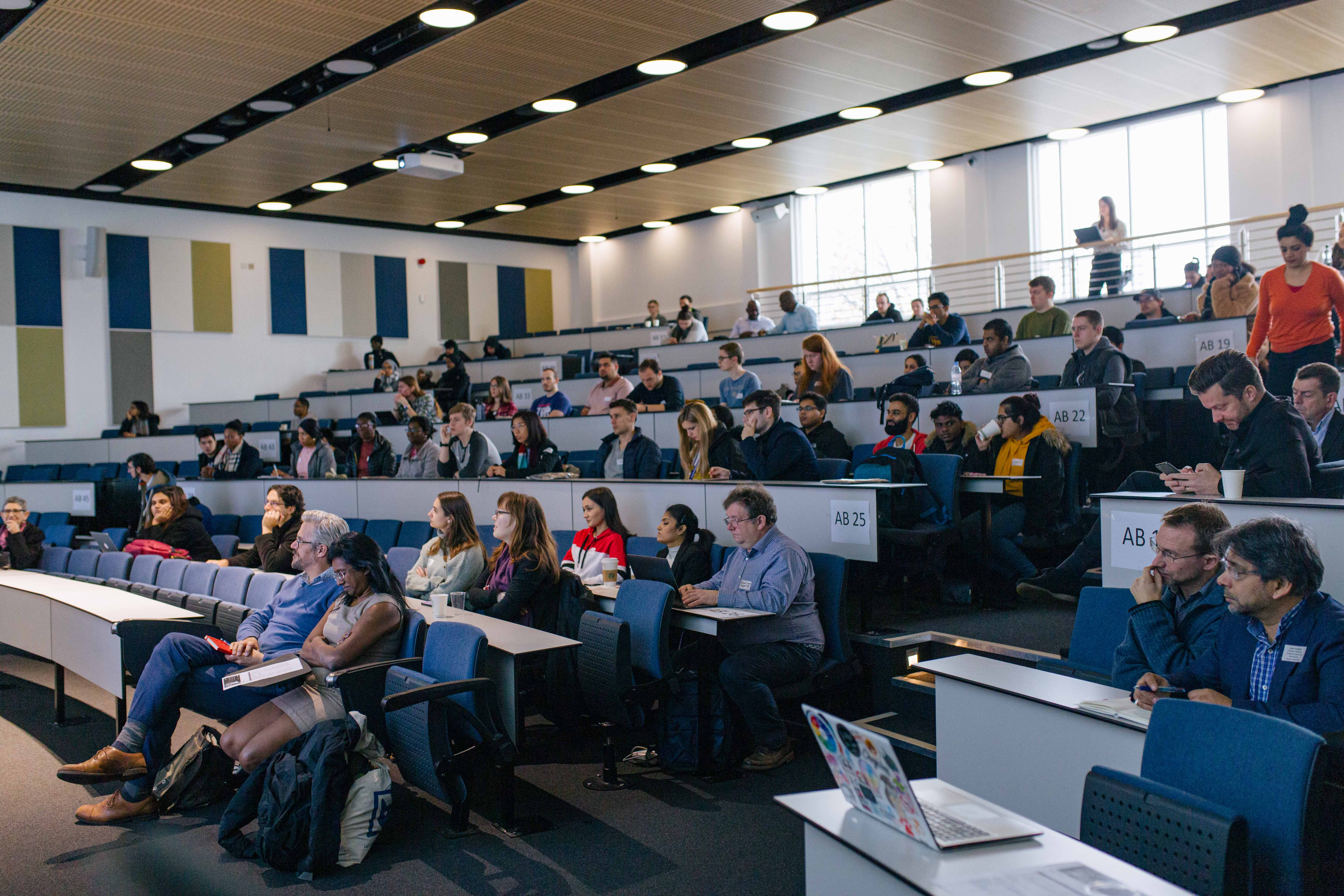Sign Up for Our
Updates
What Is… an Attended Bot?
Robotic Process Automation falls into two broad categories; attended bots and unattended bots. Both work to automate simple process-driven tasks but the tasks that they automate, the way they are triggered, and the benefits of use are different. Today we will talk about what an attended bot is, how it works and what it can achieve, both within healthcare and within other industries.
An attended bot must be triggered by a human. Once an employee activates the bot, it acts as a virtual assistant to perform specific tasks in a process. Organisations frequently use this form of automation when the entire process cannot be automated, but productivity, and/or customer experience can be boosted by speeding up parts of the process.
How do attended bots work?
Robotic Process Automation, at its core, takes the interactions that a human would perform (clicks of the mouse, buttons pressed on a keyboard, or dragging and dropping of files) and executes them automatically, at high speed and without error.
In the case of an attended bot, we set up a trigger that will start the automation. This trigger may be a human employee pressing a button or answering the phone. The bot will then execute a series of tasks according to predefined rules and guidelines. A good example might be to find customer information from one application and automatically update it in a second application. Attended bots typically operate within a single employee’s desktop, either on the workstation, on a private server or in the cloud.
What can attended bots do in healthcare?
The application for attended bots in healthcare is extensive, as speed and accuracy are critical in this environment.
Common applications include:
Accessing patient records
Within the NHS, nine different systems are holding patient information, including the Electronic Patient Record (EPR), Electronic Prescribing System (EPS), and Summary Care Record (SCR). An attended bot could quickly access patient information when a patient was admitted into urgent care so that the medical professionals are aware of their medical history and current prescriptions to triage them as quickly as possible. Speed and accuracy at this stage of the process can dramatically improve patient outcomes.
Increasing the Efficacy of Call Centres
For call centre operators, having the correct information at their fingertips can reduce the average call time, enhance caller satisfaction and allow you to attend to more people. When applied to a service like the NHS’ 111 non-emergency helpline, this efficiency equates to more patients receiving expert health advice, which in turn takes the pressure off general practitioners and A&E departments.
Fast-tracking onboarding and offboarding processes
As one of the biggest employers in the UK, coordinating the multitude of staff keeps the human resources department very busy. By automating manual processes within employee onboarding and offboarding, payroll systems and system access can be kept up to date more efficiently, allowing staff to spend more time focusing on wellbeing initiatives and employee retention programs.
In any busy work environment, attended bots can support staff by completing manual, repetitive and time-consuming tasks. In healthcare, this equates to more time focusing on the human elements of the job.

%20(1)%20(1).png)


